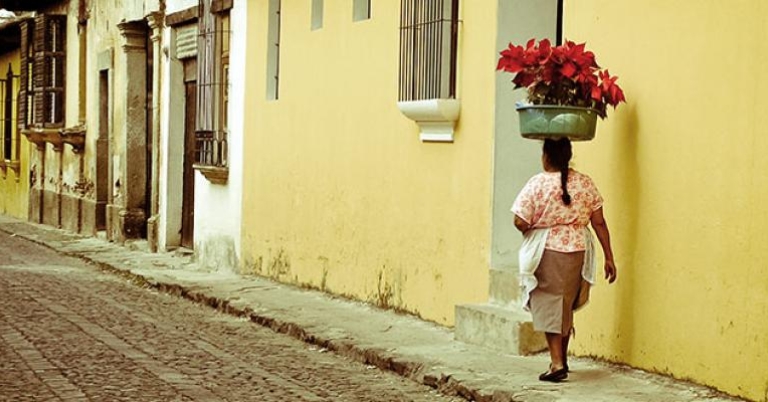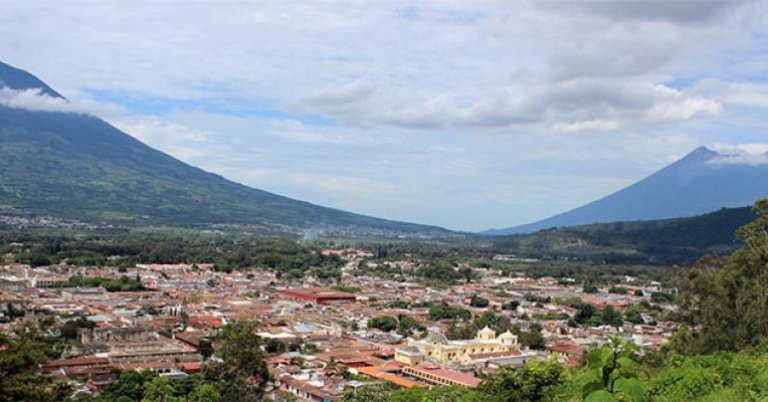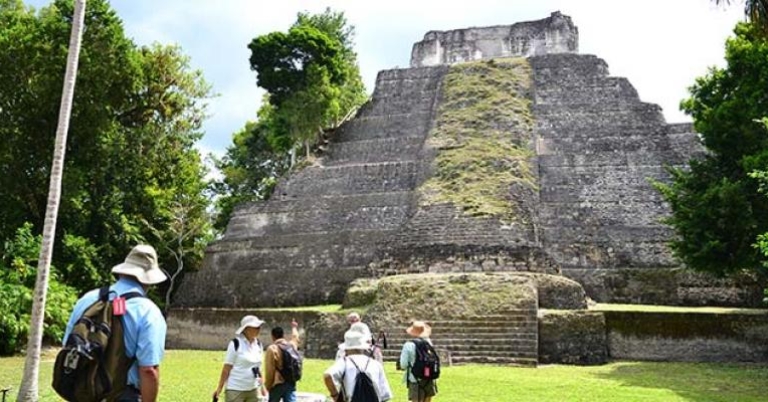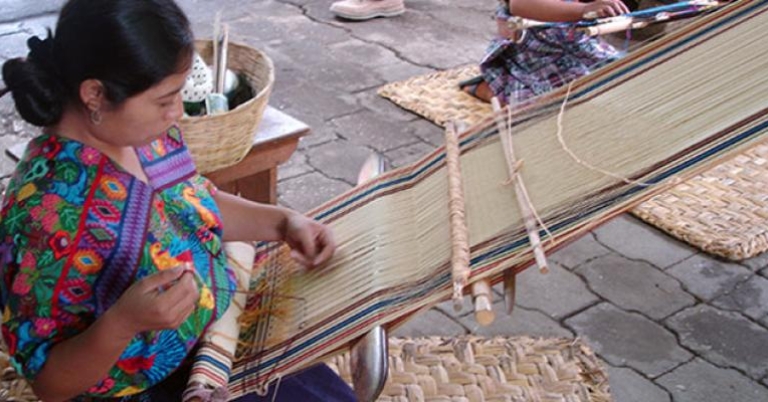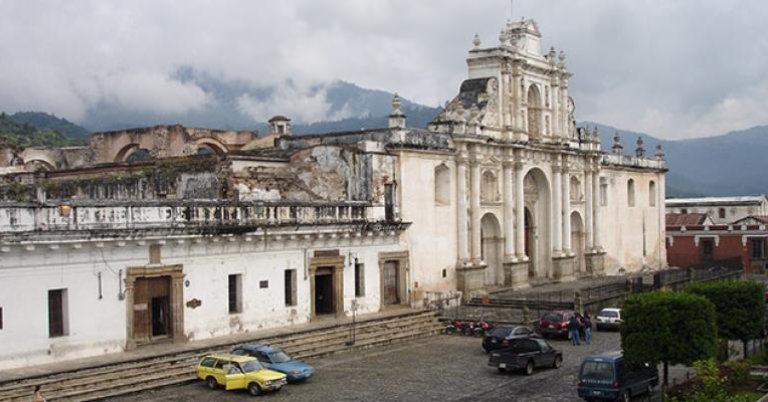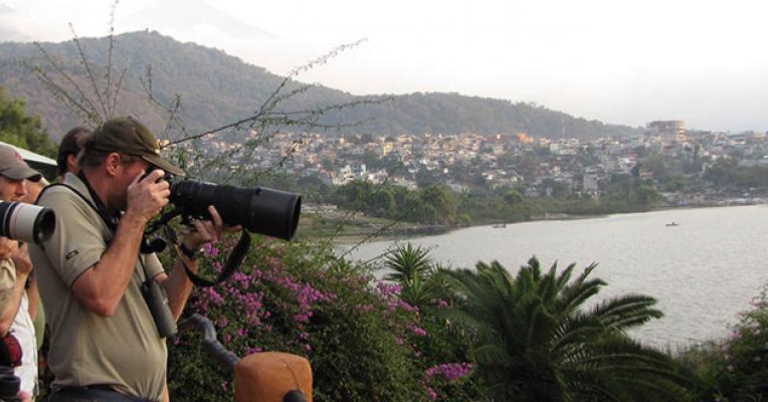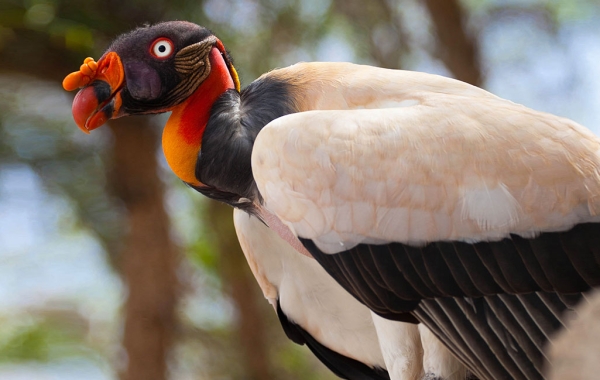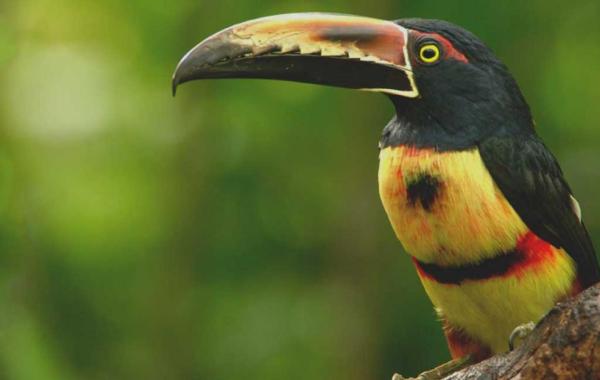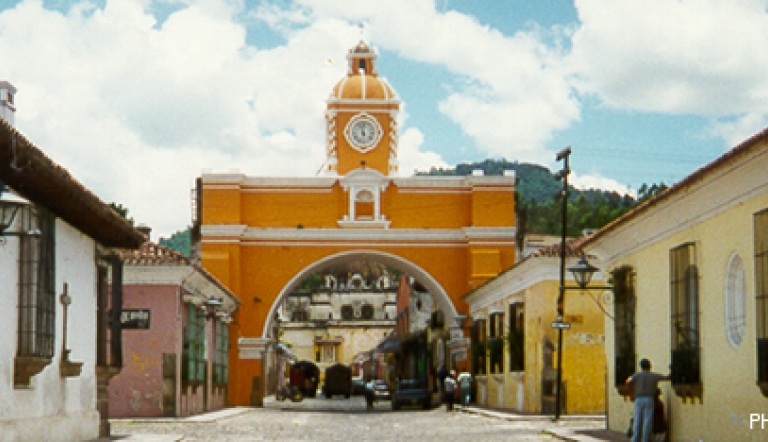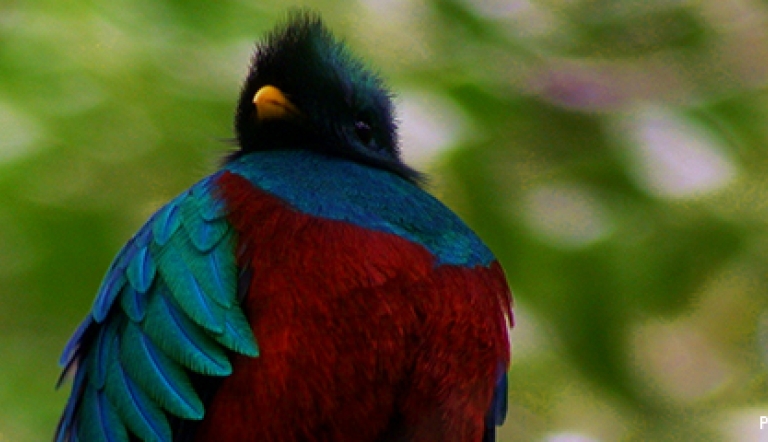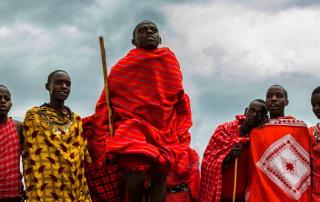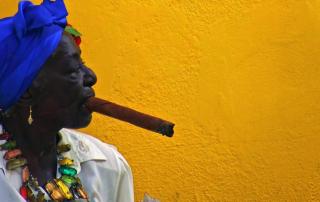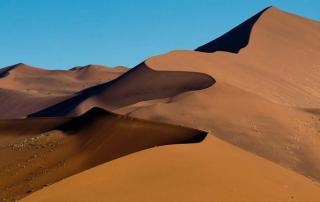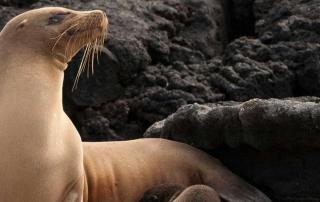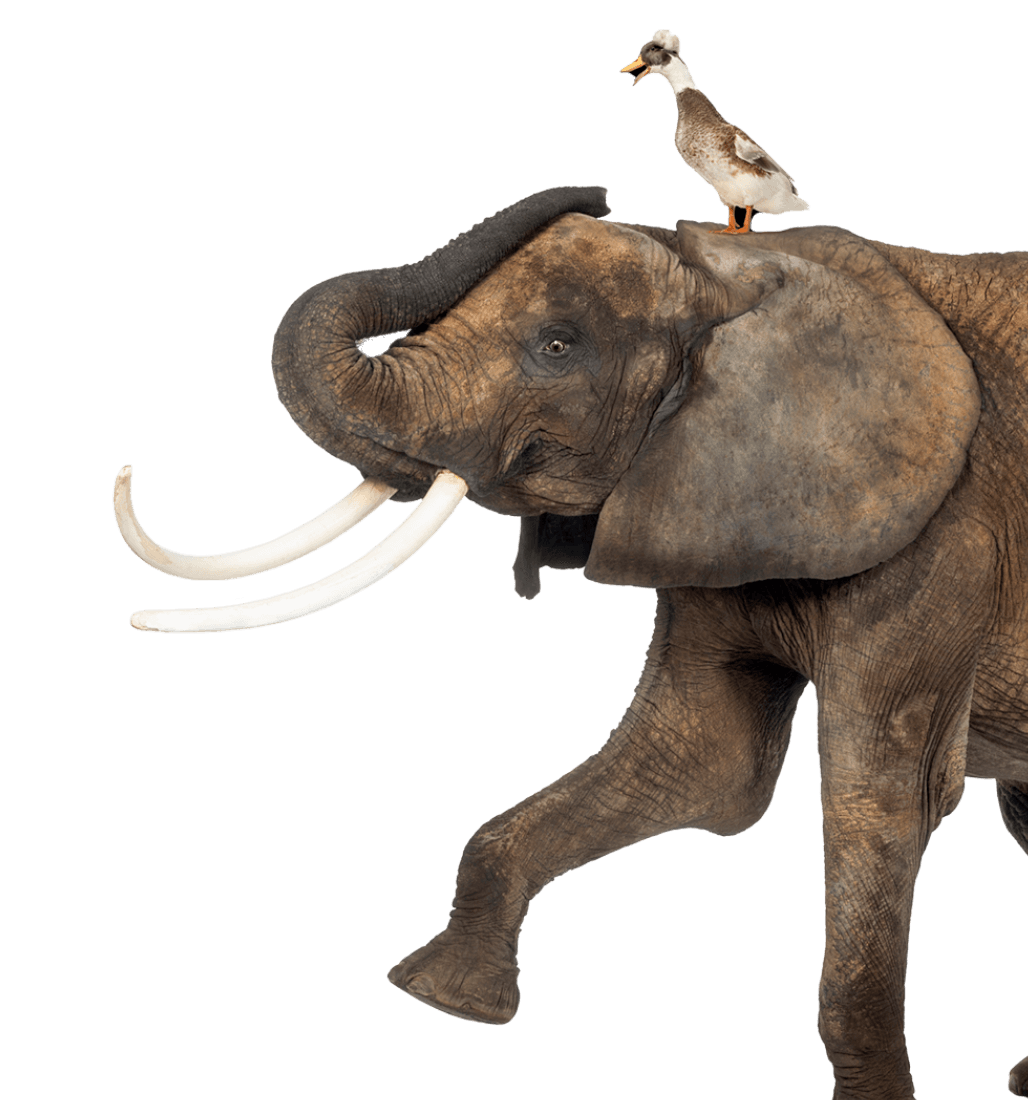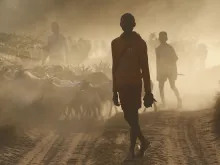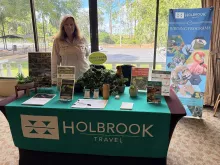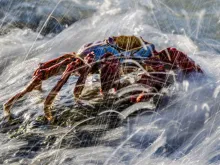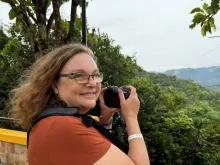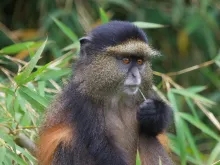From the ancient ruins of the magnificent jungle-shrouded Tikal, to the well-preserved carvings and stonework at Quiriguá, Guatemala is filled with natural treasures waiting to be discovered.
Travelers can experience the exquisite colonial treasures of Antigua, investigate Caribbean shores, and hike through lush forests while examining tropical wildlife. Keep a lookout for Guatemala’s most treasured bird, the Resplendent Quetzal. Featured in both Guatemala’s flag and currency, the colorful Quetzal is more than just a national bird; it was a sacred symbol to the ancient Mayas.
Archaeological discoveries on both a small and massive scale are constantly emerging from the verdant landscape, which is scattered with ancient artifact-filled mounds. volcano-ringed Lake Atitlán (considered by many to be the world’s most beautiful lake), northern jungles, Pacific coast beaches, and the Garífuna enclave also provide breathtaking settings for exploring the country's natural and cultural wonders.
Above the horizon, Maya villages, which are home to 21 different ethnic groups, dot the pine-forested highland hills and mountain peaks. Colorful traditional weavings worn by many Maya and the lively cobbled streets in the ancient market town of Chichicastenango are signatures of the dynamic, modern Guatemalan culture.
For years Holbrook has led travelers to Guatemala, providing opportunities to engage in global discussions on cultural history, ecological preservation and species conservation. Our expertise in the region is beyond compare. Let us make your trip to Guatemala an unforgettable journey.
Archaeology & Maya Civilization
Guatemala is perhaps best-known for once being the center of the Maya civilization. Through contact with other Mesoamerican societies, Maya scientists created a calendar system, a hieroglyphic writing system, and astronomy-based architecture. Famous archaeological sites tell the story of the rise and fall of one of the most advanced cultures in the ancient world.
Guatemala’s archaeological sites offer some of the best opportunities for examining the fascinating and mysterious Maya civilization. One of the largest excavated sites in the Americas, Tikal is home to more than 4,000 structures and extends over six square miles, featuring some of the tallest temples in the Mayan world. At its peak some 1,500 years ago, Tikal was home to an estimated 100,000 Maya and was one of the most important urban centers of its time. Explore the ruins, which are dominated by five enormous, pyramidal temples, as you learn about Tikal’s impressive network of causeways, aqueducts, and canals. Similar to Tikal, the nearby site of Yaxha was at the height of its importance from AD 300 to 900. Examine Yaxha’s twin pyramid complex, nine acropoli, and more than 500 structures. Yaxha is part of the Maya Biosphere Reserve, together with the sites of Nakum and El Naranjo—just a sampling of the hundreds of Maya sites throughout the country.
Cultural Studies
Present-day Guatemala is a rich mixture of this ancient Maya culture with heavy influence from Spanish conquistadors. At the church of Santo Tomás in Chichicastenango, discover how Maya religion has blended with Christianity during a site lecture by a local guide on the religious rituals of the people of Guatemala. Situated high on the mountaintops, Chichi, as it is known, is famous for its colorful indigenous market filled with textiles, handicrafts, and food. Learn about the evolution of Maya music and see traditional instruments at the Casa K’ojom Music Museum. Near Lake Atitlán, you might view a local shaman ritual and witness the spiritualism and beliefs of the T’zutujil Maya, as well as their local costume and traditions, or see an effigy of the Maya god Maximon, a folk saint combination of a Maya god and Catholic tradition.
Geological Wonders
Guatemala’s mountains, lakes, volcanoes, and valleys are an excellent opportunity to examine geological features. Two mountain chains enter Guatemala from west to east, dividing the country into three major regions: the highlands, where the mountains are located; the Pacific coast, south of the mountains; and the Petén region, north of the mountains. These areas vary in climate, elevation, and landscape, providing dramatic contrasts between hot and humid tropical lowlands and highland peaks and valleys.
Lake Atitlán is renowned as one of the most beautiful lakes in the world. This large endorheic lake is recognized as the deepest lake in Central America, and its basin is an important source of water for local crops. Three volcanoes—Tolimán, Atitlán, and San Pedro—punctuate the lake’s shores. Take an exhilarating climb to the summit of Cerro de Oro, part of the Tolimán volcano, at an altitude of approximately 5,675 feet. During the hike, learn about the volcanic activity that caused the formation of this crater lake. Three other notable volcanoes are the stratovolcanoes that overlook the colonial city of Antigua in the Guatemalan highlands: Volcán de Agua, Volcán de Fuego, and Acatenango.
Flora & Fauna
Though better known for its archaeological legacy, Guatemala’s tracts of protected land make it an unspoiled paradise for flora and fauna. On almost every birder’s life list, Guatemala’s national bird, the elusive Resplendent Quetzal, can be found in the Biotopo del Quetzal. This habitat helps protect approximately 2,500 acres of tropical cloud forest in Guatemala's Alta Verapaz region. While walking along the forest trails, take the time to admire the bromeliads, mosses, and orchid varieties that thrive in the moist, mountainous environment.
Another target bird species, the Scarlet Macaw, can be found in the Maya Biosphere Reserve, a protected area that covers six million acres (more than 10 percent of Guatemala’s total area) and includes Tikal National Park. In and around Tikal, almost 55,000 acres of rainforest protect a wide range of insects, birds, mammals, reptiles, and plant life. Some iconic wildlife found within the park includes spider monkeys, margays, ocelots, jaguarundis, tapirs, howler monkeys, Ocellated Turkeys, coatis, and giant anteaters. Tikal is home to 410 bird species, in addition to some 50 migrant species that frequent the area during the North American winter. Highlight species the Collared Aracari, Emerald Toucanet, Blue-crowned Motmot, Stripe-throated Hermit, Crested Guan, Montezuma's Oropendola, and numerous parrots and flycatchers.
The Biotopo Cerro Cahuí is located in the Petén region of Guatemala, along the road to Tikal National Park. The reserve is home to 11 amphibian, 17 reptile, and 29 mammal species including howler monkeys and jaguars. Birds seen at this site include Ocellated Turkeys, King Vultures, Plain Chachalacas, Emerald Toucanets, Bicolored Hawks, Black-hawk Eagles, and Yellow-breasted Chats.
Entry & Exit Requirements
U.S. and Canadian citizens must have a valid passport to enter Guatemala. Passports must be valid for at least six months after the date of entry.
A visa is not required for visits up to 90 days.
If you are not traveling with a U.S. passport, please check with the Guatemalan Embassy for the requirements based on your nationality.
Health Information
IMMUNIZATIONS
The Centers for Disease Control recommends that all travelers be up to date on routine vaccinations such as measles-mumps-rubella (MMR) vaccine, diphtheria-pertussis-tetanus vaccine, varicella (chicken pox) vaccine, and your yearly flu shot before every trip.
There are no vaccinations required for entry into Guatemala, unless you are traveling from an endemic yellow fever area within six weeks prior to entry.
Some physicians recommend that travelers get hepatitis A and typhoid vaccines before visiting Guatemala.
Please consult your physician for additional information and recommendations based on your individual circumstances.
MALARIA
The CDC warns that travelers to Central America may be at risk for exposure to malaria. Malaria is caused by a parasite found in Anopheles mosquitos, which are active from dusk until dawn. Prevention is twofold: the use of anti-malarial drugs and the prevention of insect bites. If you choose to use an anti-malarial drug, as recommended by the CDC, see your physician for a prescription.
CHIKUNGUNYA
In June 2014, El Salvador reported locally transmitted cases of chikungunya in Central America. Local transmission means that mosquitoes in the area have been infected with chikungunya and are spreading it to people. Local transmission of chikungunya is now being reported in other countries in Central America. CDC recommends that travelers to the Central America area protect themselves from mosquito bites.
ZIKA VIRUS
Locally transmitted cases of Zika virus have been reported in Guatemala. Local transmission means that mosquitoes in the area have been infected with Zika and are spreading it to people. The CDC recommends that travelers to Guatemala protect themselves from mosquito bites. As a precaution, the CDC advises women who are pregnant to consider postponing travel to any area where Zika virus transmission is ongoing.
SUN EXPOSURE
The effects of the sun can be damaging to the eyes and skin. Spending time outdoors exposes you to the sun’s harmful ultraviolet (UV) rays, even on cloudy days. To protect yourself from the sun, use a broad spectrum sunscreen of at least SPF 15, protect skin with clothing, wear a wide-brimmed hat and sunglasses, and drink plenty of fluids.
Currency
The currency of Guatemala is the Quetzal.
Electricity
The electrical current in Guatemala is 110V 60Hz AC. Travelers from the United States do not have to use converters.
Time Zone
The time zone in Guatemala is the same as U.S. Central Standard time (UTC-06:00).
Guatemala does not observe Daylight Saving Time.
Departures and arrivals on flight schedules are listed in the local time.
Communications
PHONES
The country code in Guatemala is +502.
To call Guatemala (from the U.S.): Dial 011-502-(xx-xxxx-xxxx)
To call the United States: Dial 001-(xxx-xxx-xxxx)
Guatemala is equipped with a modern phone service much like the United States but with eight digit telephone numbers instead of seven. There are call centers available for tourists, where telephone service is paid for by the minute (typically about $0.08 USD/minute). As always, international calling can be expensive so it is recommended to purchase an international pre-paid calling card.
Wireless coverage is available in most of Guatemala but can be unreliable in some rural areas. Cell phones from the U.S. will not work without a local SIM card, available at airports and major hotels or through your cell phone service provider. Prepaid cell phones are also available for rent or purchase at airports for reasonable costs.
INTERNET
Internet is fairly commonplace in Guatemala, even in the more remote regions. Many larger cities have easily accessible WiFi, including the restaurant chain Camperos. Please note that Internet capable smart phones will need a local SIM card to function. Most hotels also provide data ports for laptop computers. Information on specific hotel connectivity may be acquired by consulting your travel coordinator.
Guatemalan ground mail used to be considered unreliable but service at El Correo, the Guatemalan mail system, is improving. Most post offices open from 8:30 a.m. to 5:30 p.m. Airmail letters to North America may take a week or two to arrive. Packages may take a lot longer to arrive, however, so it is encouraged to use a shipping service such as DHL, FedEx, or UPS for tracking and insurance purposes.
Reading List
FIELD GUIDES
Guatemala Pacific Slope Birds
Rainforest Publications
Perfect identifying the birds of Guatemala's Pacific Slope, this 12-panel guide easily slips into a pocket. Full-color illustrations. Folded size: 3.5 x 8.75 inches. Unfolded size: 24 x 8.75 inches.
A Field Guide to the Mammals of Central America & Southeast Mexico
Fiona Reid
This second edition of Fiona Reid's wonderfully detailed and comprehensive field guide to the mammals of Central America and Southeast Mexico features 59 vivid full-color illustrations. Reid painted most of the creatures in the field, a formidable challenge and -- given the quality of the results -- well worth her while. With parks, and protected areas, habitats, range maps, tracks and natural history.
MAPS
Guatemala Map
ITMB
A detailed, double-sided travel map of Guatemala at the very good scale of 1:470,000.
Guatemala Adventure Map
National Geographic Maps
Water- and -tear proof with parks, preserves, underwater features and topography.
GUIDEBOOKS
Rough Guide Guatemala
Rough Guide
This comprehensive guide features good cultural information and the best overview of where to go and what to do throughout the country. It’s got consistently more — and more accurate — information on markets, towns and excursions than the competition. With chapters on Copan and the Honduran Bay Islands.
Lonely Planet Guatemala
Lonely Planet
A comprehensive, practical guide to Guatemala with 35 local and city maps, color photographs and extensive information on where to go and what to do.
Culture Smart! Guatemala
Lisa Vaughn
A concise and practical guide to local customs, etiquette and culture.
NATURAL HISTORY
Tropical Nature
Adrian Forsyth & Ken Miyata
A lucid portrait of the tropics as seen by two uncommonly observant and thoughtful field biologists. Its 17 marvelous essays introduce the habitats, ecology, plants and animals of the Central and South American rainforest.
HISTORY & CULTURE
Maya Art and Architecture
Mary Ellen Miller
An illustrated overview of the art and architecture of the Maya, making use of the latest discoveries at Tikal, Copan and Palenque to demonstrate the range of Maya artistic influence. With 200 illustrations, 50 in color, including site plans, maps, strikingly rendered reconstructions and color photographs of key temples and buildings.
Guatemala in Focus, A Guide to the People, Politics and Culture
Trisha O’Kane
This slim guide focuses on the history of Guatemala, its cultural heritage and current political, environmental and economic challenges. An excellent synopsis from an unabashedly left-leaning perspective.
A Brief History of Central America
Hector Perez-Brignoll
A good overview of the region's economic, political and social history through the 1980s by a professor at the University of Costa Rica. Well-written, informative and concise.
Banana, The Fate of the Fruit That Changed the World
Dan Koeppel
Koeppel traces the history, natural and otherwise, politics and precarious current status of modern monoculture, touching down in India (world center of banana diversity), Ecuador (world's largest producer) and Central America.
Bitter Fruit, The Story of the American Coup in Guatemala
Stephen Schlesinger & Stephen Kinzer
A foreign policy classic first published in 1982, brilliantly written and devastating in its implications. Schlesinger and Kinzer provide a dramatic account of the CIA-backed overthrow of Guatemala's democratically elected government of Jacobo Arbenz in 1954.
Rigoberta Menchu and the Story of All Poor Guatemalans
Elizabeth Burgos & David Stoll
This book alleges that Rigoberta Menchu took liberties with events depicted in her landmark autobiography.
The Guatemala Reader
Greg Grandin
A lively, literate sourcebook on the politics, economy and society of Guatemala, aimed at students, travelers and scholars.
The Rigoberta Menchu Controversy
David Stoll & Arias Arturo
This anthology examines the debate over the authenticity of "I, Rigoberta Menchu." (GML10, $23.50)
Incidents of Travel in Central America, Chiapas and Yucatan: Volume One Incidents of Travel in Central
America, Chiapas and Yucatan
John Lloyd Stephens
The first volume of Stephens' 1841 account, an instant bestseller and still an excellent introduction to the people, culture and archaeology of Central America. It follows Stephens through Belize and Guatemala, with several chapters on Copan.
The Code of Kings, The Language of Seven Sacred Maya Temples and Tombs
Linda Schele & Peter Mathews
A vivid guided tour of seven Maya sites, including Palenque, Tikal and Chichen Itza. This outstanding book features photos and line drawings throughout, and introductory chapters with a succinct introduction to Maya history and culture.
The Maya
Michael Coe
Coe's clear, concise, illustrated survey of the Maya highlights the chronology, accomplishments and legacy of the Maya.
Guatemala: Never Again!
Thomas Quigley
Eyewitness testimony of the war conducted by the military against Guatemala's indigenous population during the 36-year civil war.
I, Rigoberta Menchu: An Indian Woman in Guatemala
Rigoberta Menchu & Elisabeth Burgos-Debray
Winner of the Nobel Peace Prize in 1992, Menchu speaks eloquently of her struggles against the military for a decent way of life. Although some of the book's events have been called into question, it is a compelling testimony to the power of a strong-minded, ordinary person and her love for her land.
Popol Vuh, The Mayan Book of the Dawn of Life
Dennis Tedlock
The definitive, unabridged collection of creation myths and stories of the Quiche people, fundamental to understanding the worldview of the highland Maya.
